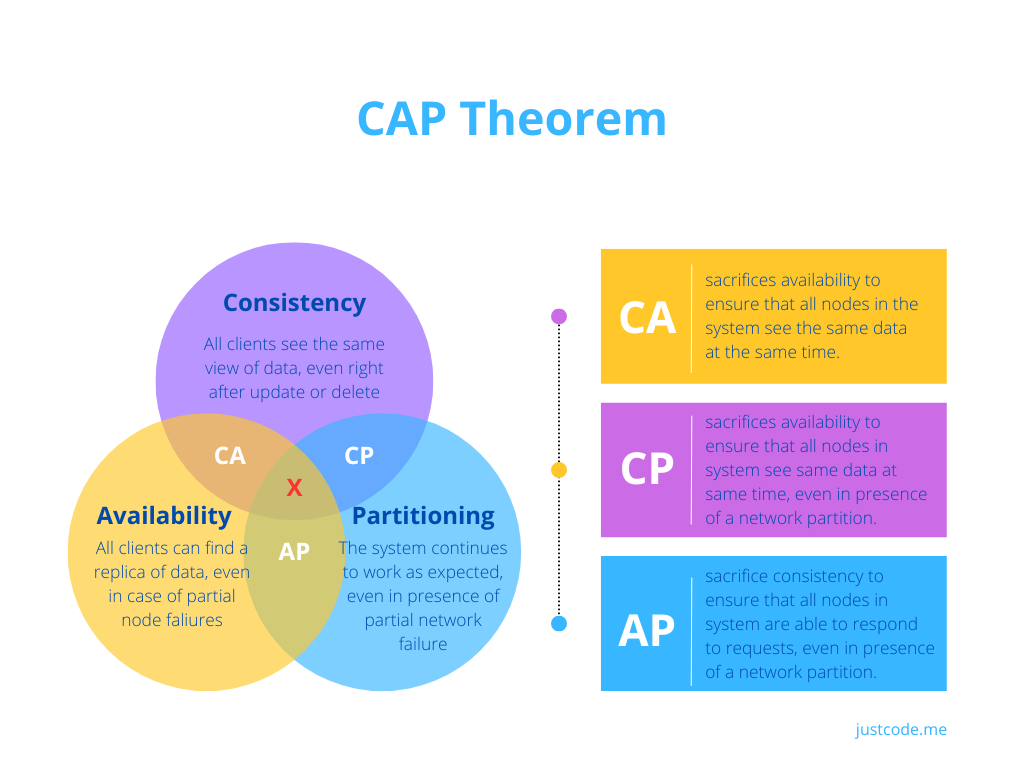When you’re developing a new microservice, one of the most crucial decisions you’ll need to make is about choosing the right database for your next project. Choosing the wrong database can be a costly and risky mistake to fix later on.
Each database technology and type has its own set of pros and cons. General-purpose databases like MySQL and PostgreSQL, for instance, support multiple relational, document, and key-value models, which can make your life easier.
However, selecting the right database and storage option can be challenging, especially with the dizzying array of possibilities available from cloud providers like Amazon (e.g., Aurora, RDS, DynamoDB, DocumentDB, Keyspaces, elastic cache, S3, elastic file system, etc.).
To help you choose the best database for your project, consider these straightforward questions:
- Do you prefer fixed schemas, such as those found on an accounting sheet, or a more flexible data structure (schemaless, multi-level nesting) that can be persisted in your database?
- Will you be working with a lot of data or more modest amounts?
- How cyclical is your data?
- Will atomicity be necessary or not? (One of the features of an ACID transaction is atomicity, which ensures a series of database operations are completed either all at once or not at all.)
- How strict are your data validation requirements?
Categorize your needs
- Consider performance: Think about how much data you’ll handle and the number of concurrent users. Consider how quickly the database can read/write data and how scalable it is over time.
- Ensure data consistency and durability: Ensure that your application provides reliable data by selecting a database that supports transactions and strong consistency guarantees. Additionally, consider the durability of the data and how well the database can recover from failures.
- Security and compliance: Depending on the type of data you’ll store, you may have legal or regulatory requirements. Consider selecting a database that can meet security and compliance needs, such as encryption at rest/in transit, role-based access control, and audit trails.
- Think about development and maintenance costs: Developing and maintaining a database can be costly. Consider the costs of licensing, support, and hiring developers familiar with the database technology.
- Community and ecosystem matter: Finally, consider the community and ecosystem around the database technology you’re considering. A vibrant community can offer valuable resources, such as documentation, forums, and third-party tools, making it easier to maintain your application. It can also provide opportunities for integration with other tools and services, such as monitoring and logging solutions, which can help operate your application more effectively.
Relational vs Non-relational scenarios
In addition to those questions and your priority identification, when choosing the right database for your next project it’s important to consider real-world scenarios when choosing between a relational and non-relational database:
Relational Database:
- E-commerce site: If you’re building an e-commerce site, you likely have a lot of structured data to organize. A relational database like MySQL or PostgreSQL can help ensure data consistency and provide transactional support, making it easier to manage complex business logic and queries.
- Financial applications: In finance, data consistency and accurate transaction processing are essential. A relational database like Oracle or SQL Server can provide advanced security features like encryption, row-level security, and auditing to ensure the integrity of your financial data.
Non-Relational Database:
- IoT application: For IoT applications with large volumes of unstructured or semi-structured data, a non-relational database like MongoDB or Cassandra can be highly scalable and efficient. These databases can also handle rapid changes in data volume or velocity and offer flexible querying capabilities.
- Social media site: Social media sites generate a large amount of unstructured data, which can be challenging to organize in a relational database. A non-relational database like Apache Cassandra or MongoDB can help store and query this data efficiently, while also providing horizontal scaling capabilities.
Overall, the right database choice depends on the nature of your data and how you plan to use it. Be sure to evaluate your requirements carefully and choose a database that can meet your current needs while also offering flexibility for future growth and change.
CAP Theorem

The CAP theorem, also known as Brewer’s theorem, is a concept in computer science that helps to guide the design of distributed systems. The theorem states that it is impossible for a distributed system to simultaneously provide all three of the following guarantees:
- Consistency: Every read operation from the system returns the most recent write operation or an error. In other words, all nodes in the system see the same data at the same time. These databases prioritize consistency over availability and partition tolerance.
- Oracle
- MongoDB
- Redis
- Apache Cassandra (depending on configuration)
- Availability: Every non-failing node in the system returns a response for any read or write operation in a reasonable amount of time. In other words, the system is always operational and responsive. These databases prioritize availability over consistency and partition tolerance.
- Amazon DynamoDB
- Apache Cassandra (depending on configuration)
- Riak
- Couchbase
- Partition tolerance: The system continues to operate even when network partitions (i.e., communication failures) occur between nodes in the system. These databases prioritize partition tolerance over consistency and availability.
- Google Cloud Spanner
- CockroachDB
It’s worth noting that some databases, such as Apache Cassandra, can be configured to prioritize either consistency or availability depending on the use case. Additionally, some databases, such as Amazon Aurora and Microsoft Azure Cosmos DB, claim to provide strong consistency, high availability, and partition tolerance simultaneously, although this is a subject of ongoing debate within the database community.
The CAP theorem is often used as a guiding principle for designing distributed systems, as it helps to prioritize which guarantees are most important for a given use case.
What counts at the end?
In conclusion, choosing the right database for your next project requires careful consideration of your specific needs and requirements. Consider factors such as performance, data consistency and durability, security and compliance, development and maintenance costs, and the size and vibrancy of the community and ecosystem around the database technology. Remember that no database is perfect, and each has its own strengths and weaknesses. Ultimately, the right choice will depend on the unique needs of your project. By carefully evaluating your options and considering these key factors, you can make an informed decision and set your project up for success.

Pingback: The Fundamentals of System Design for Software Engineers